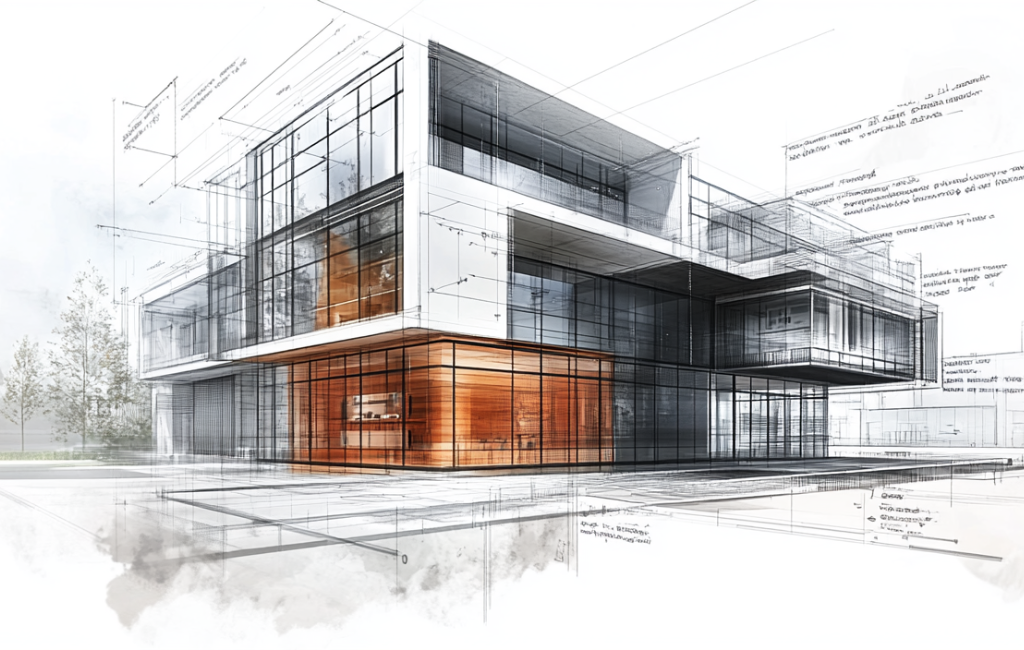Architect Essentials for Home Design
Designing a home is a complex process that requires a blend of creativity, technical knowledge, and an understanding of the client’s needs. Architects play a pivotal role in this process, ensuring that the final design is both functional and aesthetically pleasing. This article explores the key elements that architects focus on when designing a home, providing insights and examples to illustrate these concepts.
Understanding the Client’s Vision
The first step in any home design project is understanding the client’s vision. This involves a detailed discussion about their lifestyle, preferences, and long-term goals. Architects often use questionnaires and interviews to gather this information, ensuring that the design aligns with the client’s expectations.
- Identifying the client’s style preferences, such as modern, traditional, or eclectic.
- Understanding the functional requirements, including the number of bedrooms, bathrooms, and special features like home offices or gyms.
- Discussing budget constraints and timelines to set realistic expectations.
Site Analysis and Environmental Considerations
Before drafting any plans, architects conduct a thorough site analysis. This involves studying the topography, climate, and existing vegetation to make informed decisions about the home’s orientation and layout. Environmental considerations are increasingly important, with many clients seeking sustainable and energy-efficient designs.
- Assessing the site’s natural light and wind patterns to optimize energy efficiency.
- Incorporating sustainable materials and technologies, such as solar panels and rainwater harvesting systems.
- Preserving existing trees and natural features to enhance the home’s integration with its surroundings.
Space Planning and Functionality
Effective space planning is a cornerstone of successful home design. Architects must balance aesthetics with functionality, ensuring that each room serves its intended purpose while contributing to the overall flow of the home.
- Creating open floor plans that promote social interaction and flexibility.
- Designing private spaces, such as bedrooms and bathrooms, to offer comfort and privacy.
- Incorporating storage solutions to maximize space efficiency.
Structural Integrity and Safety
Safety and structural integrity are non-negotiable aspects of home design. Architects work closely with structural engineers to ensure that the building can withstand environmental stresses and meet all safety regulations.
- Using durable materials that can endure local weather conditions.
- Incorporating safety features, such as fire exits and smoke detectors.
- Ensuring compliance with local building codes and standards.
Aesthetic Appeal and Personalization
Aesthetics play a significant role in home design, reflecting the client’s personality and taste. Architects use various design elements, such as color, texture, and form, to create a cohesive and visually appealing environment.
- Selecting a color palette that complements the home’s style and surroundings.
- Incorporating unique architectural features, such as vaulted ceilings or custom staircases.
- Personalizing spaces with artwork, furnishings, and decor that reflect the client’s identity.
Technological Integration
Modern homes often incorporate advanced technologies to enhance comfort and convenience. Architects must stay abreast of the latest innovations to offer clients cutting-edge solutions.
- Integrating smart home systems for lighting, security, and climate control.
- Designing spaces to accommodate high-speed internet and home automation devices.
- Ensuring that technological features are user-friendly and seamlessly integrated into the design.
Case Studies and Examples
Examining real-world examples can provide valuable insights into effective home design. Consider the following case studies:
- The Glass House: This iconic modernist home, designed by Philip Johnson, exemplifies the use of transparency and open space to create a seamless connection with nature.
- Fallingwater: Frank Lloyd Wright’s masterpiece demonstrates the integration of architecture with its natural surroundings, using cantilevered structures to blend with the landscape.
- The Farnsworth House: Designed by Mies van der Rohe, this home showcases minimalist design principles, emphasizing simplicity and functionality.
Conclusion
Designing a home is a multifaceted process that requires careful consideration of various elements. From understanding the client’s vision to ensuring structural integrity and incorporating modern technologies, architects must balance numerous factors to create a successful design. By focusing on these key aspects, architects can deliver homes that are not only beautiful but also functional and sustainable.
